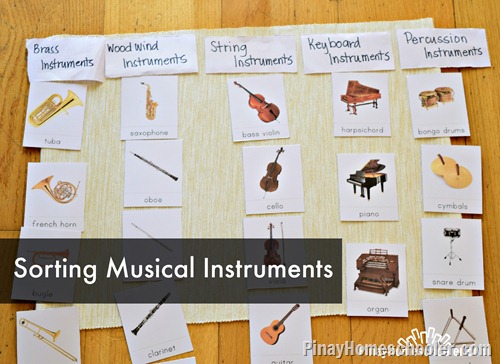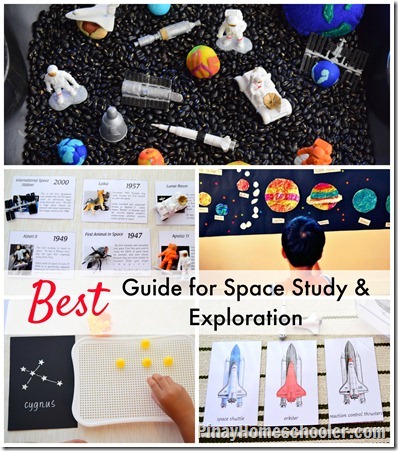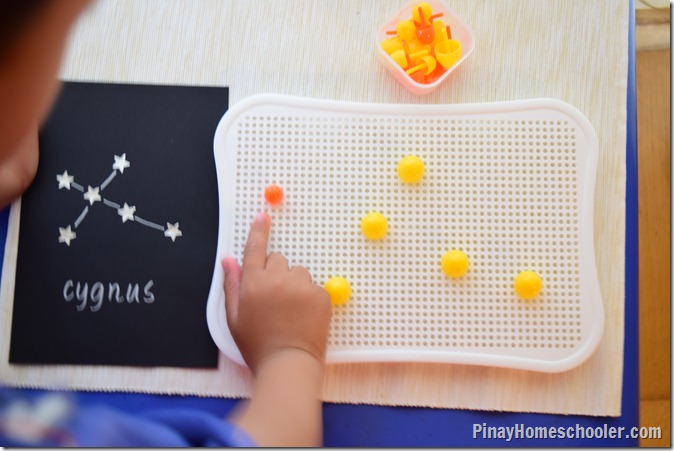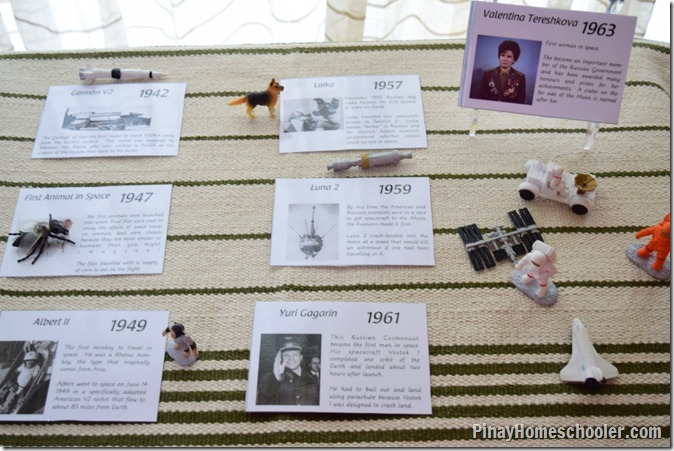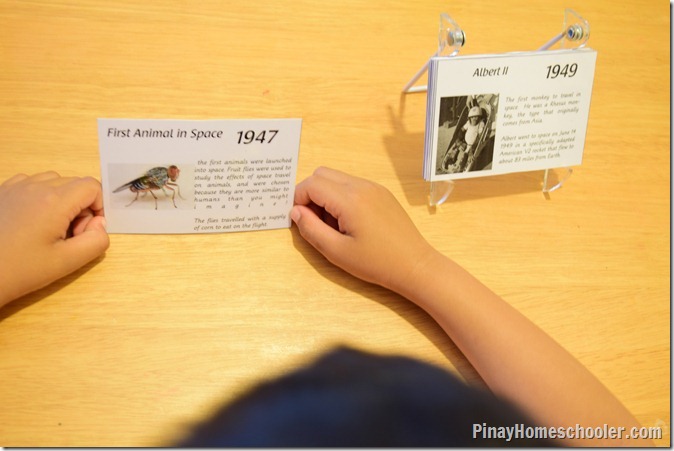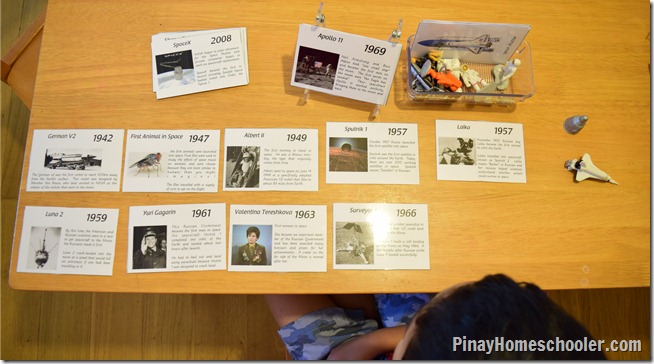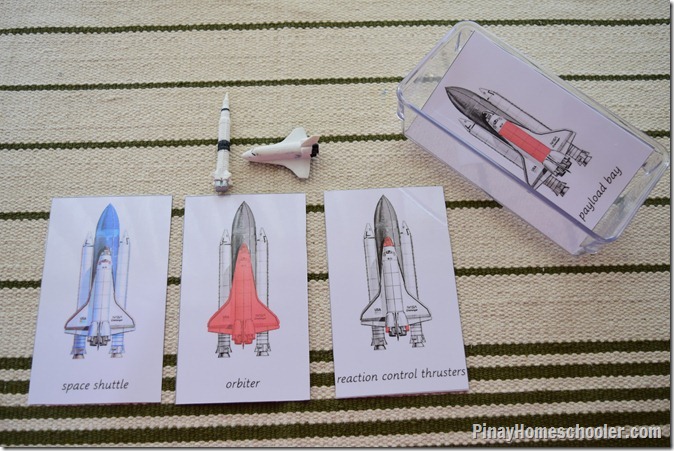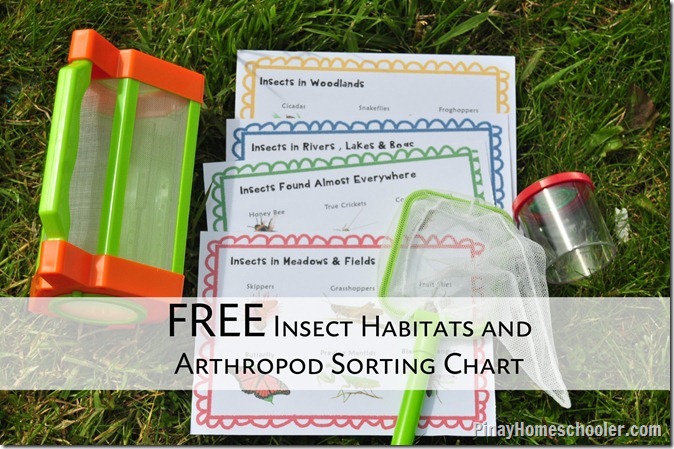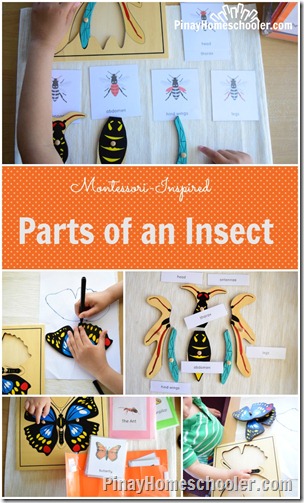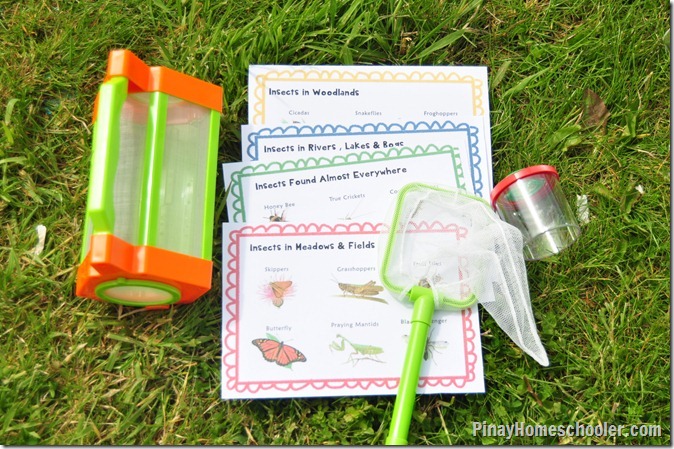Baby and Adult Teeth
We started this unit with the presentation of the baby and adult teeth. We differentiated the two set of teeth, from the sizes and the teeth count. Mavi asked the following questions during this activity:
Why are there more teeth in the adult set?
Why are the adult teeth much bigger?
Why is there a change?
I answered his questions through scenarios, like, as we get bigger we eat solid foods. Most of these are hard to break down and needs a solid set of teeth for it to be digested. So our body provided us with a much stronger set of teeth to be able to chew, chop and grind the foods properly.
And as we go deeper into the knowledge of teeth sizes and shapes, we also examined the different kinds of teeth that adults have. We have this lovely dental model (
Science Time Dentistry Deluxe) of the adult teeth. I got this from our local shop and it was perfect for our study. What I love about it is that we can remove some of the teeth, specially the four major types, thus we’re able to take a closer look into it. I swear, the teeth looks and feels real!
Different Kinds of Teeth
Now this is how our adult dental model looks like. As I mentioned earlier, we can remove the four major types of teeth for examination. I created the definition cards for Mavi to use, so he can learn more about each type and their functions.
With the materials I provided, Mavi is now able to tell which tooth is for chopping, which tooth helps in swallowing, and which one is an expert in grinding! He’s like “I didn’t know that!”. Download a copy of the definition
cards from here or click the image.
And here’s a closer look at the teeth, sorry, I just love looking at them!
Tooth Cross Section
The nomenclature cards that we used are from
here.
How Cavity Develops
Moving on, another activity I decided to add in our unit is the presentation of cavity development. This explains the effects of acid and sugar in our teeth. The aim of this activity is for Mavi to understand the importance of brushing our teeth, to avoid tooth decay. The image below is a snapshot of the manual included in the dental set (
Science Time Dentistry Deluxe).
The cards below are homemade. It’s the development of cavity in a tooth, which I had Mavi arranged in order. You can get the printable file from
here or click the image for the link.
Care for the Teeth and Dental Hygiene
So now, the biggest question would be, how can we take good care of our teeth to avoid premature extraction. These food cards are included in our dental set (
Science Time Dentistry Deluxe) and provided us information of the foods that are essential in dental health. He’s happy to see carrots and apples, eggs, milk and cheese, these are his favorites! And I didn’t know that green tea is good for the teeth, how enlightening!
We also identified how to maintain a clean and cavity free teeth.
-
Brushing. The most effective way of removing plaque from the exposed surface of your teeth is by brushing it using a flouride toothpaste. It is essential to brush every after eating especially before bedtime.
-
Flossing. To clean in between your teeth, a dental floss is needed. It is a piece of waxy string that is inserted in between your teeth to remove food particles that brushing cannot reach. Basically, it removes plaque that get stuck in between your teeth.
-
Dental Visit. The dentist and hygienist helps check whether your teeth are developing properly, and see if the gums have any problems. It is important to see the dentist every 6 months to make sure that your teeth are taken good care of.
And this concludes are dental unit study. It was an amazing week of learning about our teeth! Hope you find this post helpful, informative and inspirational. Till next time!
Pin this for later!



